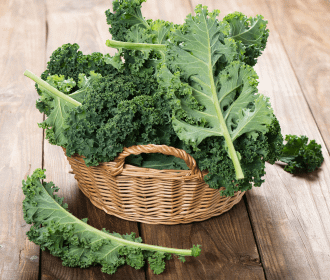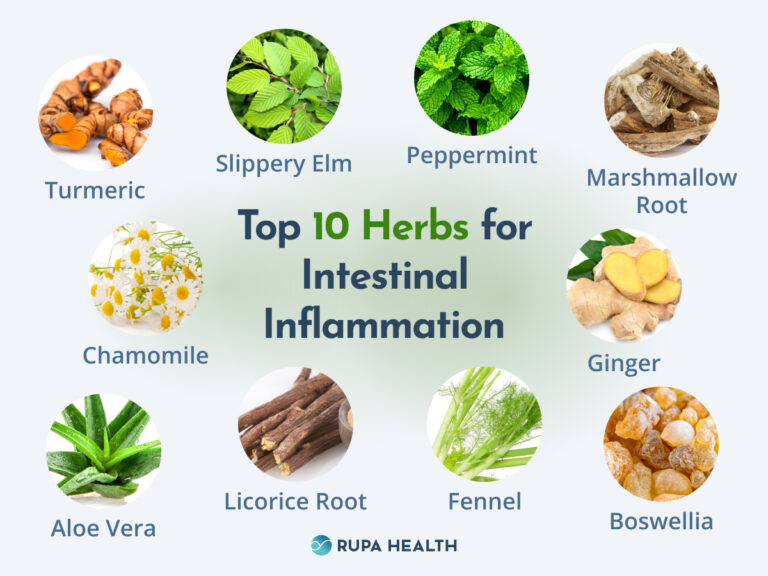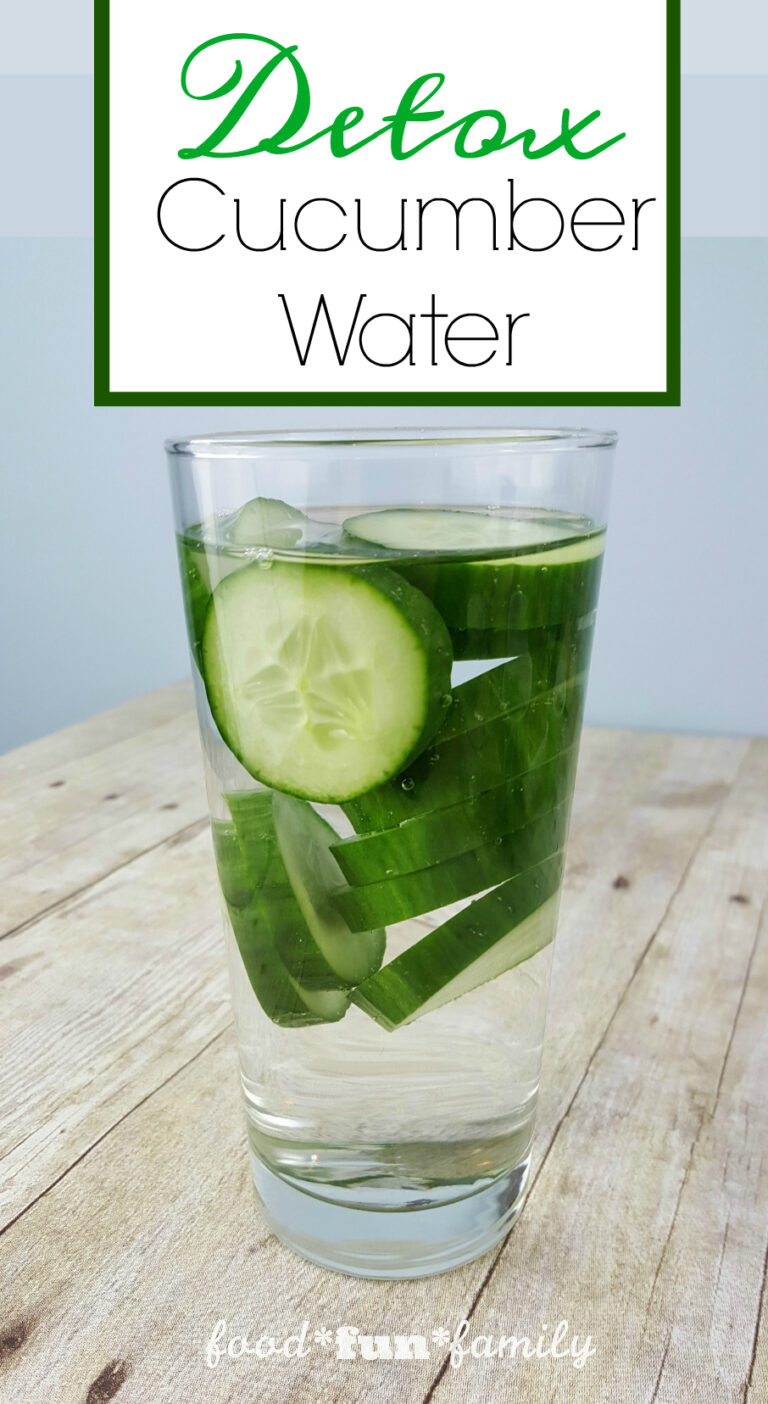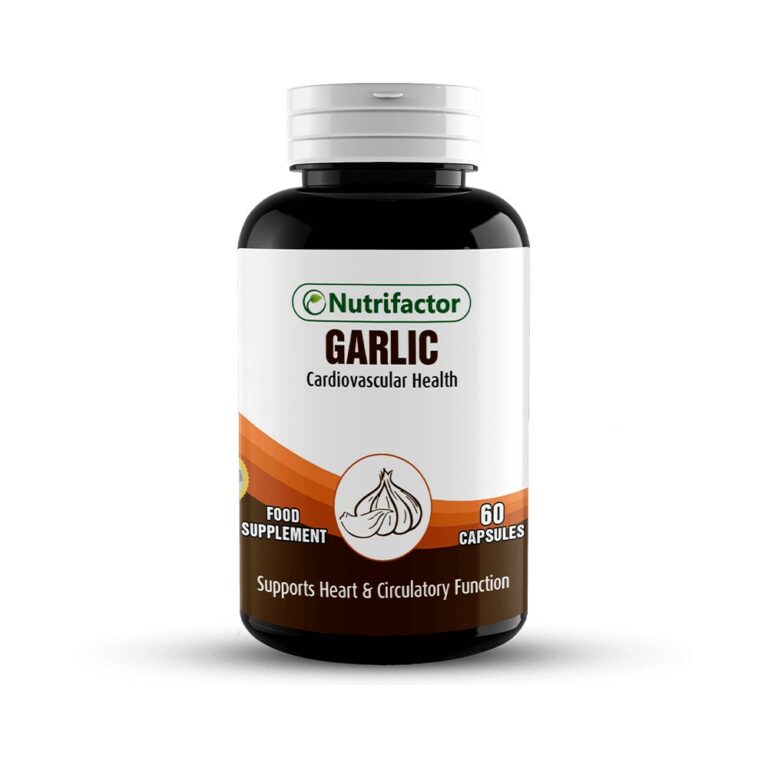The Kale Revolution: Why Doctors and Dietitians Love This Leafy Green
Once relegated to the periphery of plates, a mere decorative flourish or a tough, bitter afterthought, kale has undergone a profound transformation. From a forgotten brassica to a bona fide superstar, its journey from obscurity to ubiquity is nothing short of a culinary revolution. Yet, this isn’t just another fleeting food fad, born of celebrity endorsements and Instagram aesthetics. This is a quiet, steady, and deeply validated revolution, one championed not by influencers, but by the very gatekeepers of health: doctors and registered dietitians.
For these medical and nutritional professionals, kale isn’t just a trend; it’s a cornerstone. It represents a potent, accessible tool in their arsenal against chronic disease, a vibrant green testament to the power of food as medicine. They don’t merely tolerate kale; they actively recommend it, integrate it into patient plans, and marvel at its multifaceted benefits. To understand why, we must delve beyond the surface, peeling back the layers of this humble leaf to reveal the dense, complex story of its nutritional prowess and the profound impact it can have on human health.
Unpacking the Nutritional Powerhouse: A Deep Dive for the Discerning Palate (and Body)
The discerning eye of a doctor or dietitian immediately recognizes kale not just as a vegetable, but as a meticulously engineered biological package of essential nutrients. Its dark green leaves are a testament to its chlorophyll content, but beneath that verdant hue lies an astonishing array of vitamins, minerals, and phytonutrients that work in concert to support virtually every system in the human body.
Vitamins Galore: The Micronutrient Maestros
One of kale’s most celebrated attributes is its extraordinary vitamin profile. It doesn’t just contain vitamins; it practically overflows with them, offering therapeutic levels that few other foods can match.
- Vitamin K (Phylloquinone): The Bone Builder and Blood Regulator. A single cup of raw kale provides well over 100% of the recommended daily intake of Vitamin K. This fat-soluble vitamin is crucial for several physiological processes. Firstly, it plays a critical role in blood clotting, activating proteins that help prevent excessive bleeding. Secondly, and perhaps more significantly for long-term health, Vitamin K is indispensable for bone health. It activates osteocalcin, a protein that helps incorporate calcium into bone matrix, thereby strengthening bones and reducing the risk of osteoporosis. For populations at risk of bone density loss, such as post-menopausal women, kale offers a vital, non-dairy source of this crucial nutrient.
- Vitamin A (Beta-Carotene): The Visionary and Immune Guardian. Kale is an exceptional source of beta-carotene, a powerful antioxidant precursor to Vitamin A. Our bodies convert beta-carotene into retinol, which is essential for healthy vision, particularly in low light conditions. Beyond ocular health, Vitamin A is vital for maintaining robust immune function, supporting cell growth and differentiation, and promoting healthy skin and mucous membranes. Its antioxidant properties also help protect cells from damage caused by free radicals, a key factor in aging and chronic disease development.
- Vitamin C (Ascorbic Acid): The Immune Booster and Collagen Synthesizer. Often associated with citrus fruits, kale surprisingly rivals them in Vitamin C content. This water-soluble vitamin is a potent antioxidant, protecting cells from oxidative stress. It’s fundamental for a strong immune system, enhancing the production and function of white blood cells. Moreover, Vitamin C is a critical co-factor in collagen synthesis, the primary structural protein in skin, tendons, ligaments, and blood vessels. Adequate Vitamin C intake from sources like kale promotes wound healing, maintains skin elasticity, and supports cardiovascular integrity.
- B Vitamins (Folate, B6): The Energy and Brain Boosters. While not as dominant as its K, A, and C content, kale contributes meaningfully to B vitamin intake, particularly folate and Vitamin B6. Folate is essential for DNA synthesis and repair, cell division, and the production of red blood cells. It’s particularly crucial during periods of rapid growth, such as pregnancy, to prevent neural tube defects. Vitamin B6 is involved in over 100 enzyme reactions, playing roles in protein metabolism, neurotransmitter synthesis (affecting mood and cognitive function), and immune health.
Minerals That Matter: The Earth’s Bounty in a Leaf
Beyond its impressive vitamin profile, kale is a veritable treasure trove of essential minerals, many of which are frequently deficient in the modern diet.
- Calcium: The Non-Dairy Bone Ally. Often touted for its calcium content, kale provides a significant amount of this vital mineral, and importantly, the calcium in kale is highly bioavailable, meaning the body can absorb and utilize it effectively – often more so than calcium from spinach due to lower oxalate levels. This makes it an excellent option for individuals seeking plant-based calcium sources for bone health, nerve function, and muscle contraction.
- Iron: The Energy Carrier. While non-heme iron from plants is generally less bioavailable than heme iron from animal sources, kale provides a respectable amount. Crucially, its high Vitamin C content acts as a powerful enhancer of non-heme iron absorption, making the iron it contains more accessible to the body for oxygen transport and energy production.
- Potassium: The Blood Pressure Regulator. This electrolyte is critical for maintaining fluid balance, nerve signals, and muscle contractions. A diet rich in potassium, as found in kale, is associated with lower blood pressure and a reduced risk of stroke and heart disease.
- Magnesium: The Stress Reliever and Metabolic Regulator. Involved in over 300 biochemical reactions in the body, magnesium is vital for muscle and nerve function, blood glucose control, and blood pressure regulation. It also contributes to bone health and DNA synthesis.
- Trace Minerals: Kale also provides smaller but significant amounts of manganese (important for bone formation and antioxidant defense), copper (involved in iron metabolism and energy production), and phosphorus (essential for bone and teeth formation, and energy storage).
Phytonutrients: The Unsung Heroes and Cellular Sentinels
Where kale truly distinguishes itself, and where doctors and dietitians see its unparalleled therapeutic potential, is in its wealth of phytonutrients – bioactive plant compounds that offer health benefits beyond basic nutrition.
- Glucosinolates and Isothiocyanates: The Detoxification Dynamo. As a cruciferous vegetable, kale is rich in glucosinolates. When kale is chopped, chewed, or digested, these compounds are broken down by an enzyme called myrosinase into powerful derivatives known as isothiocyanates (e.g., sulforaphane, indole-3-carbinol or I3C). These compounds are the subject of extensive research for their incredible anti-cancer properties. They stimulate the body’s natural detoxification enzymes (Phase I and Phase II liver enzymes), helping to neutralize and eliminate carcinogens and other harmful toxins from the body. This mechanism is why kale is frequently recommended as a protective food against various cancers, including colon, breast, prostate, and lung cancers.
- Antioxidants (Flavonoids and Carotenoids): The Cellular Shield. Kale is packed with a diverse array of antioxidants, primarily flavonoids and carotenoids, which combat oxidative stress and inflammation – two fundamental drivers of chronic disease.
- Quercetin and Kaempferol: These are two prominent flavonoids found in kale. Quercetin is a powerful anti-inflammatory agent, antihistamine, and has potential antiviral properties. Kaempferol is another potent antioxidant with anti-inflammatory effects and has shown promise in studies for its potential anti-cancer activity.
- Lutein and Zeaxanthin: These specific carotenoids are well-known for their role in eye health. They accumulate in the retina and act as natural filters, protecting the eyes from harmful blue light and reducing the risk of age-related macular degeneration (AMD) and cataracts, conditions that significantly impact quality of life in later years.
- Beta-carotene: Beyond its role as a Vitamin A precursor, beta-carotene itself is a potent antioxidant, scavenging free radicals throughout the body.
- Chlorophyll: The pigment that gives kale its vibrant green color is also a mild detoxifier, helping to bind to heavy metals and toxins in the digestive tract and promote their elimination.
Fiber: The Unsung Hero of Digestive and Metabolic Health
Often overlooked in the excitement over vitamins and phytonutrients, kale’s significant fiber content is a critical component of its health-promoting profile.
- Digestive Health: Both soluble and insoluble fiber contribute to a healthy digestive system. Insoluble fiber adds bulk to stool, promoting regularity and preventing constipation. Soluble fiber forms a gel-like substance, which can slow digestion, aiding in nutrient absorption and contributing to feelings of fullness.
- Gut Microbiome Support: Fiber acts as a prebiotic, feeding the beneficial bacteria in the gut. A healthy gut microbiome is increasingly recognized as central to overall health, influencing immunity, mood, metabolism, and even weight.
- Satiety and Weight Management: The high fiber content of kale contributes to satiety, helping people feel full for longer, which can naturally reduce overall calorie intake and support healthy weight management.
- Blood Sugar Regulation: Fiber slows the absorption of sugars into the bloodstream, helping to prevent sharp spikes in blood glucose levels. This makes kale an excellent food choice for individuals managing diabetes or seeking to prevent insulin resistance.
- Cholesterol Reduction: Soluble fiber can bind to bile acids in the digestive tract, which are then excreted from the body. To replace these bile acids, the liver draws cholesterol from the blood, thereby helping to lower LDL ("bad") cholesterol levels.
While not a primary protein source, kale does contribute a small but meaningful amount of plant-based protein, especially when consumed in larger quantities as part of a balanced diet. This comprehensive nutritional profile is why doctors and dietitians view kale as a truly foundational food.
The Clinical Endorsement: Why Doctors Prescribe Kale
For physicians, the recommendation of kale transcends mere "healthy eating advice." It’s a strategic intervention, a dietary prescription rooted in scientific evidence and clinical outcomes. They see its direct impact on a range of conditions that plague modern society.
- Cardiovascular Health: A Heart’s Best Friend. Heart disease remains the leading cause of death globally. Kale addresses multiple risk factors:
- Cholesterol Lowering: The soluble fiber in kale effectively binds to bile acids, prompting the liver to use cholesterol to produce more, thus reducing circulating LDL cholesterol.
- Blood Pressure Regulation: Its rich potassium and magnesium content helps balance sodium levels and relax blood vessels, contributing to lower blood pressure.
- Anti-inflammatory and Antioxidant Effects: Flavonoids like quercetin and kaempferol, along with vitamins C and E, reduce chronic inflammation and oxidative stress in blood vessels, preventing arterial damage and plaque formation.
- Cancer Prevention and Support: Activating the Body’s Defenses. The research on cruciferous vegetables and cancer prevention is robust, and kale stands at the forefront. Doctors advise patients on its role in:
- Detoxification Pathways: The isothiocyanates (especially sulforaphane) from kale activate Phase I and Phase II detoxification enzymes in the liver. This enhances the body’s ability to neutralize and eliminate carcinogens before they can damage DNA and initiate cancer growth.
- Apoptosis Induction: These compounds have also been shown to induce apoptosis (programmed cell death) in cancer cells and inhibit their proliferation, offering a protective mechanism against various tumor types.
- Reduced Oxidative Stress: By supplying a wealth of antioxidants, kale helps mitigate DNA damage caused by free radicals, a key step in carcinogenesis.
- Bone Health: A Shield Against Osteoporosis. With an aging population, bone health is a significant concern. Doctors appreciate kale as a vital source of:
- Vitamin K1: Essential for activating osteocalcin, a protein that integrates calcium into bone.
- Calcium: A plant-based, highly bioavailable source that complements or provides an alternative to dairy for maintaining bone density.
- Diabetes Management and Prevention: Stabilizing Blood Sugar. The global diabetes epidemic necessitates effective dietary strategies. Kale is a powerful ally due to:
- Fiber Content: Slows glucose absorption, preventing post-meal blood sugar spikes.
- Antioxidants: Combat oxidative stress, which is heightened in diabetic individuals and contributes to complications.
- Low Glycemic Index: Its minimal impact on blood sugar makes it an ideal carbohydrate source.
- Weight Management: Nutrient Density without the Calories. In an era of rising obesity rates, kale offers a perfect solution for satiety and nutrient intake without excess calories. It’s voluminous, high in fiber, and packed with essential nutrients, making it a cornerstone of weight loss and maintenance diets.
- Immune System Support: Fortifying Defenses. The combination of Vitamin C, Vitamin A (beta-carotene), and other antioxidants makes kale a potent immune booster, helping the body ward off infections and recover faster.
- Eye Health: Preserving Sight. For ophthalmologists and general practitioners, the lutein and zeaxanthin in kale are crucial for protecting against age-related macular degeneration and cataracts, preserving vision as patients age.
- Inflammation Reduction: Cooling the Flames. Chronic inflammation is implicated in almost every major chronic disease, from arthritis to heart disease and cancer. Kale’s broad spectrum of anti-inflammatory compounds (flavonoids, carotenoids, isothiocyanates) makes it a powerful dietary tool to dampen systemic inflammation.
The Dietitian’s Playbook: Integrating Kale into Everyday Life
While doctors provide the "why," dietitians offer the "how." Their expertise lies in translating complex nutritional science into practical, palatable strategies for everyday living. They understand that even the most nutrient-dense food is useless if it’s never eaten. This is where kale’s remarkable versatility shines.
Beyond the Smoothie: Versatility in the Kitchen
Dietitians champion kale not just for its nutrients, but for its adaptability. It can be incorporated into almost any meal, debunking the myth that healthy eating is boring or restrictive.
- Raw: For salads, kale needs a gentle massage with olive oil, lemon juice, or avocado to break down its tough fibers and enhance its palatability and nutrient absorption. It can also be chopped finely and added to wraps or grain bowls.
- Cooked: Sautéing with garlic and olive oil is a classic. Steamed kale retains many nutrients and can be a simple side dish. Roasting kale with a touch of salt and pepper transforms it into crispy, addictive kale chips, a healthy alternative to processed snacks.
- Soups, Stews, and Casseroles: Its sturdy leaves hold up well to longer cooking times, making it an excellent addition to hearty winter dishes, where it can absorb flavors and add a nutritional punch.
- Pesto and Dips: Blended into pesto (replacing or augmenting basil) or added to hummus, kale can be disguised for picky eaters or simply enjoyed in a new format.
- Juicing and Smoothies: While smoothies are a popular entry point, dietitians often remind clients that blending (vs. juicing) retains the beneficial fiber.
Addressing Common Concerns and Myths: Dispelling the Fog of Misinformation
Dietitians are often on the front lines, addressing common anxieties and myths surrounding specific foods. Kale, despite its superstar status, is not immune.
- Oxalates: Some people worry about oxalates in kale contributing to kidney stones. Dietitians explain that while kale contains oxalates, its levels are significantly lower than spinach or Swiss chard. Furthermore, cooking reduces oxalate content, and for most healthy individuals, moderate consumption as part of a varied diet poses no risk. Adequate hydration and calcium intake can also mitigate concerns.
- Goitrogens: Another common concern is that kale, as a cruciferous vegetable, contains goitrogens, compounds that can interfere with thyroid function. Dietitians clarify that the amount of raw kale needed to significantly impact thyroid function is extremely high, far beyond typical consumption. Moreover, cooking largely inactivates these compounds. For individuals with existing thyroid conditions, especially hypothyroidism, moderation and consuming cooked kale are generally recommended, alongside ensuring adequate iodine intake. For the vast majority, this is not a concern.
- Pesticides: Like any produce, conventional kale can be exposed to pesticides. Dietitians advise thorough washing, and for those who can afford it, choosing organic kale is an option, especially as kale frequently appears on the "Dirty Dozen" list.
Practical Tips for Maximizing Benefits:
- Pair with Healthy Fats: Fat-soluble vitamins (A, K) and carotenoids (lutein, zeaxanthin, beta-carotene) are better absorbed when consumed with a source of healthy fat, like olive oil, avocado, or nuts.
- Combine with Vitamin C for Iron: To enhance the absorption of kale’s non-heme iron, pair it with another Vitamin C-rich food, such as bell peppers, citrus, or tomatoes.
- Regularity is Key: The benefits of kale are cumulative. Dietitians encourage consistent, regular consumption rather than occasional large doses.
- Storage: Keep kale in a cool, dark place, ideally in a bag in the crisper drawer, to maintain freshness and nutrient content.
The Story of the Kale Revolution: From Fringe to Mainstream
The "Kale Revolution" is not just about its nutritional merits; it’s a fascinating socio-culinary narrative. For decades, kale was a forgotten, tough green, often used as cattle feed or a humble, inedible garnish. Its resurgence in the 21st century is a testament to several converging forces:
- The Rise of Wellness Culture: As the public became more health-conscious, seeking out "superfoods" and functional foods, kale fit the bill perfectly. Its vibrant color and robust texture made it appealing to a generation exploring new culinary experiences.
- Celebrity Endorsements: High-profile figures, from Gwyneth Paltrow to Beyoncé, publicly embraced kale, catapulting it into the mainstream media and popular consciousness. Suddenly, kale smoothies were not just for health enthusiasts but for everyone.
- Scientific Validation: Crucially, as its popularity grew, so did the scientific research validating its myriad health claims. This provided the crucial backing that allowed doctors and dietitians to confidently recommend it, distinguishing it from fleeting fads.
- Food Industry Adaptation: Supermarkets began stocking more varieties of kale (curly, Lacinato/dinosaur, red), and restaurants incorporated it into diverse dishes, from salads to gourmet sides. This increased accessibility and normalized its presence on menus.
- The Shift in Public Perception: From "weird health food" that tasted like lawn clippings, kale slowly transformed into a respected, even beloved, component of a healthy diet. Techniques like massaging raw kale or roasting it into chips helped overcome its initial bitterness for many.
- Sustainability and Local Sourcing: Kale is a hardy, relatively easy-to-grow crop, even in cooler climates, making it a good choice for local and sustainable agriculture, appealing to an environmentally conscious consumer base.
This confluence of factors created a perfect storm, transforming kale from an agricultural curiosity into a symbol of modern healthy eating.
Conclusion: A Lasting Legacy, Not a Fleeting Fad
The Kale Revolution, as endorsed by doctors and dietitians, is far more than a passing dietary trend. It is a profound recognition of a food that delivers unparalleled nutritional density, robust health benefits, and remarkable culinary versatility. For medical professionals, kale is a powerful ally in the fight against chronic diseases, offering proven benefits for cardiovascular health, cancer prevention, bone strength, diabetes management, and immune function. For dietitians, it’s a canvas for creative, delicious, and deeply nourishing meals, easily integrated into diverse dietary patterns while effectively addressing common nutritional deficiencies.
In a world saturated with quick fixes and questionable health claims, kale stands out as a genuine article. Its story is one of rediscovery, scientific validation, and a gradual, well-deserved ascent to its rightful place at the pinnacle of healthy eating. The revolution isn’t over; it’s just getting started, as more people embrace this leafy green, armed with the knowledge and guidance from those who understand its power best. Kale is not just a superfood; it is a testament to the enduring wisdom that true health often lies in the simple, vibrant bounty of the earth.






